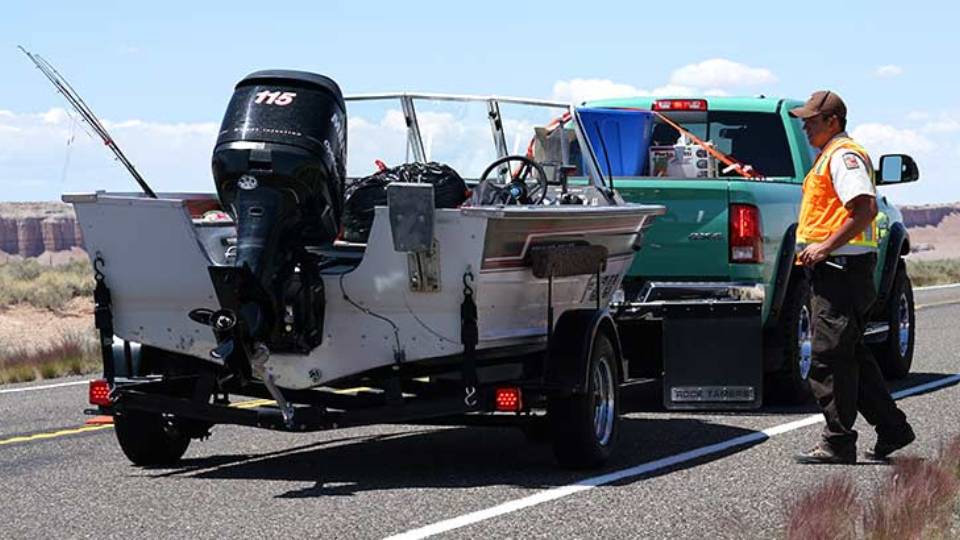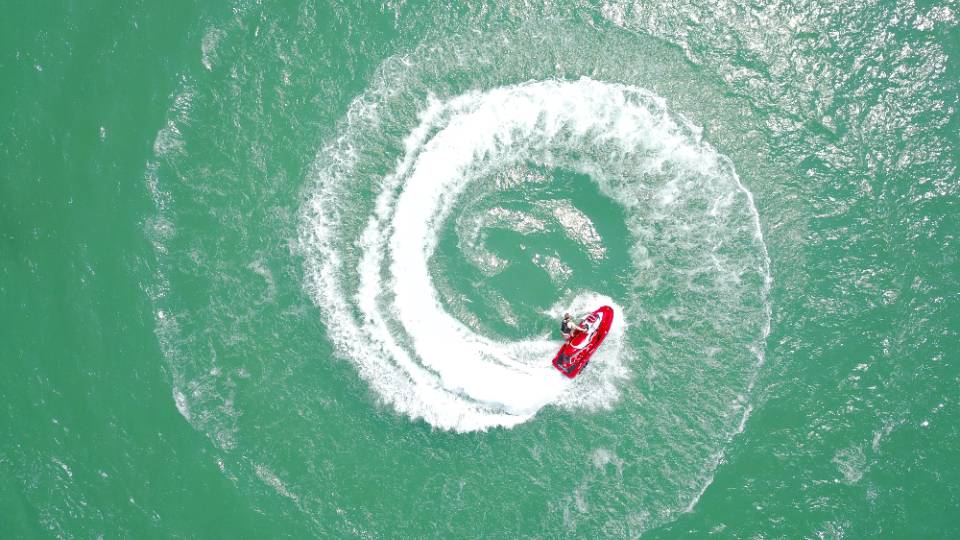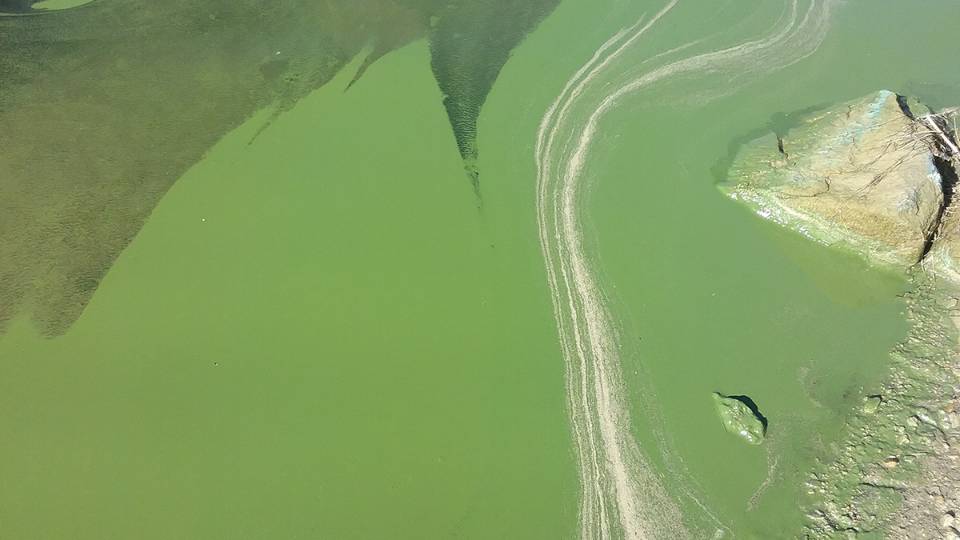How to Prevent the Spread of Aquatic Invasive Species

Aquatic invasive species are simply species of animals, fish, or plants that are non-native to an area. Aquatic invasive species are commonly transported by recreation equipment as they are used in multiple bodies of water. Preventing the spread of invasive species is easier and more cost effective than eradicating them later on. An impact assessment completed by Dalton, et al. in 2008 estimated that an invasion of zebra or quagga mussels would cost $15 million per year for maintenance of Utah’s water use industries. These include waste water reclamation facilities, pipelines, canals, and more. Preventing the invasion, however, would cost around $1.4 million per year.
Quagga and Zebra mussels have been found in water bodies throughout the United States, including Utah. These mussels are detrimental to Utah’s environment because they threaten native species, clog pipes, and ruin equipment. Zebra mussels consume phytoplankton that higher trophic levels depend on as a source of food. These mussels are excellent at filtering large amounts of water, which decreases the turbidity of the water[1]. This causes rapid growth of algae and weeds.
These mussels are difficult to eradicate as they can live out of water for up to 30 days, allowing the mussels to travel on or in watercrafts, thus causing the mussels’ rapid spread[4]. The mussels are also small and easily missed by visual inspectors, making multiple inspections and dry times of utmost importance.
Boat Cleaning
Properly cleaning aquatic equipment is an effective way to manage quagga mussel populations in Utah. Recreators in Utah can do their part to prevent the spread of invasive species by stopping at boater checkpoints for inspections and practicing proper cleaning habits on all aquatic equipment.Proper cleaning practices include[2]:
- Cleaning mud, plants, and other visible debris from boats and equipment
- Draining ballast tanks, live wells, bilge wells, and motors
- Allowing equipment to dry for 7 days in the summer, 18 days in the spring or fall, or 30 days in the winter
- Allowing equipment to freeze for at least 3 days
- Obtaining a professional decontamination that cleans equipment with 140° F or hotter water for shorter dry times
References
[1] Bethke, B. J., Rantala, H. M., & Ahrenstorff, T. D. (2023). Walleye and yellow perch resource use in large lakes invaded by spiny water fleas and zebra mussels. Aquatic Ecology, 57(2). https://doi.org/10.1007/s10452-023-10030-0[2] Dalton, L. B. (2015). Applied boater management to interrupt population establishment of dreissena species: A Utah case study. In W. H. Wong & S. L. Gerstenberger (Eds.), Biology and Management of Invasive Quagga and Zebra Mussels in the Western United States (pp. 247–260). CRC Press. https://doi.org/10.1201/b18447
[3] Department of Natural Resources. (2023). Aquatic invasive species in Utah: Don’t spread the STD of the sea. Aquatic Invasive Species in Utah. https://stdofthesea.utah.gov/
[4] Mull, A., & Spears, L. (2021, June). Quagga mussel (Dreissena bugensis) and zebra mussel (Dreissena polymorpha). Extension.usu.edu. https://extension.usu.edu/pests/research/quagga-mussel-and-zebra-mussel
Authors
Erin Rivers, Water Quality Extension Specialist; Abby Barton, Intern
Related Research





